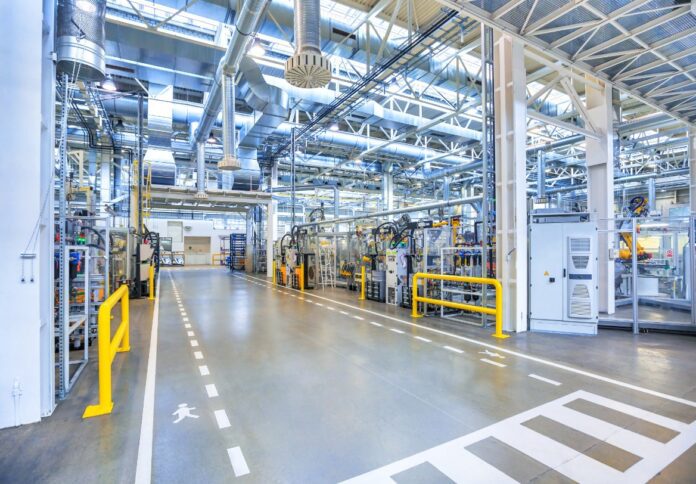
Australia’s manufacturing and commercial property sectors are expected to play a central role in what Savills Australia describes as a $50-billion-plus investment upswing in 2026, driven by renewed confidence, liquidity events and growing demand for industrial spaces.
In its new Spotlight on 2026 report, the agency said investors are entering the year with a “bull market mindset,” underpinned by lower interest rates, structural demand and improving capital markets conditions.
Savills identified industrial assets – including logistics, advanced manufacturing and cold storage – as the leading targets for capital next year, alongside data centres supported by AI-driven growth.
Living sectors, including build-to-rent, are also expected to attract strong interest due to defensive income streams, while retail is forecast to continue rebounding as consumer spending remains resilient.
“Lower interest rates and steady growth will reignite confidence across capital markets in 2026,” said Paul Roberts, Chief Executive Officer at Savills Australia & New Zealand.
“Investors are already repositioning portfolios, freeing up capital for development, or recycling into growth sectors.”
Savills reported that liquidity-driven opportunities are set to rise as major fund managers enter key redemption windows next year.
The agency said this will prompt portfolio rebalancing and selective asset sales, intensifying competition for high-quality commercial property.
“Many investors are sitting on significant dry powder,” Roberts said. “This pool of undeployed capital provides a hedge against inflation and currency risk, and positions investors to capitalise on the new asset price cycle.”
According to the report, demand for industrial and manufacturing-oriented property is expected to remain strong, with Savills pointing to increasing competition for land suited to data centres.
“AI is unlocking record levels of capital,” said Katy Dean, Head of Research at Savills Australia & New Zealand. “Australia has become a strategic node, but balancing this growth with net-zero and grid-efficiency goals is the challenge.”
Savills noted cross-border investment is also rebounding, with offshore buyers accounting for more than half of all commercial property transactions in the September quarter.
The agency said it expects interest to remain focused on prime assets near ports, infrastructure and major transport corridors.
According to the report, sustainability requirements will continue shaping the market, with Savills noting that ESG-compliant commercial and industrial properties are increasingly favoured by both tenants and investors.
“Retail and office assets must demonstrate ESG readiness to attract capital,” Dean said, adding that refurbishment and redevelopment activity will remain central to improving asset performance.
















